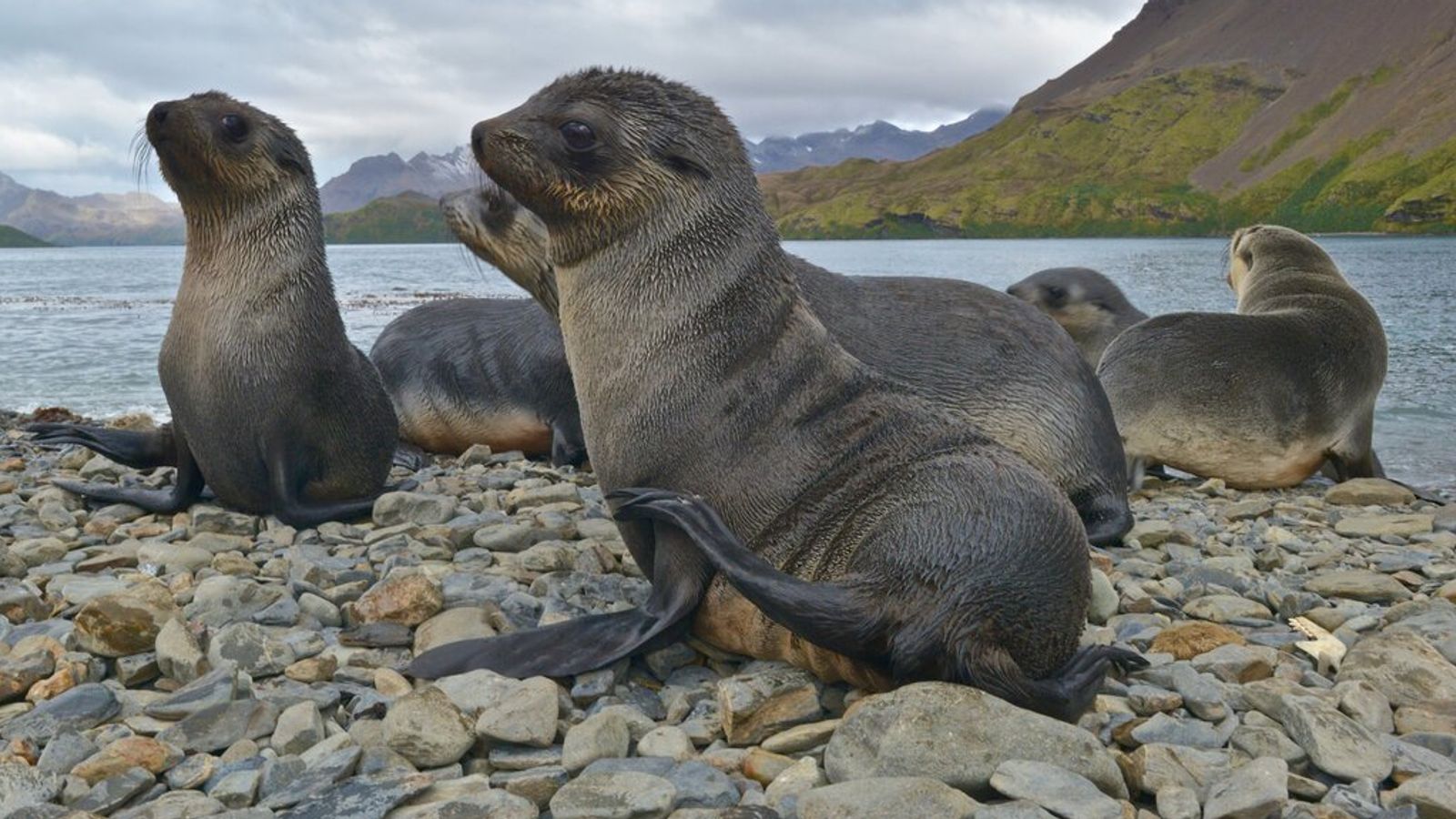Deep in Canada’s remote Brevoort Island, in the Nunavut territory, a radar technician was killed last week in a rare polar bear attack. Days earlier, a polar bear was spotted in Rankin Inlet, a remote, but fairly populated, Inuit settlement in the same territory. Experts warn that similar encounters with polar bears will likely become more common as climate change destroys their habitats and makes it more difficult to find food.
John Ussak, a resident of Rankin Inlet, said he was afraid the polar bear was stalking a popular summer fishing spot, and attempted to scare it with warning shots, according to The Guardian. “It took 20 shots before it thought about leaving,” he said. “I’ve never seen that before.” Days later, he reported another polar bear sighting.
“When I heard about what happened to that technician, I was shocked,” Ussak said. “We hardly used to see polar bears here in the past. But now we’ve had at least two in the last few weeks. It feels like there’s more bears up in that area – and they don’t seem afraid of people.”

Given the location and the fact that two bears were involved, Andrew Derocher, a professor of biology at the University of Alberta, told The Guardian that the attack on Brevoort Island was “unusual.”
“The reality is, polar bears are unpredictable at the best of times,” Derocher said. “And with all of the environmental changes we’re seeing, they’re going to become more unpredictable.”
According to a 2017 study published in the Wildlife Society Bulletin, polar bears are more likely to attack humans when they’re “nutritionally stressed” and are in “below-average body condition.”
Nasittuq Corporation, which employed the technician who was killed, said “One of the animals was put down,” according to the The New York Times. The company added, “The safety and well-being of our employees is our highest priority, and we are deeply committed to ensuring a safe working environment.” The attack happened on an outpost of Nasittuq’s North Warning System, which protects North American airspace by detecting cruise missiles and aircraft, reported The New York Times.
According to Parks Canada, unlike other species, polar bears can see humans as a potential food source, making them extremely dangerous. In case of an encounter, it’s recommended to carry deterrents such as an air horn or bear spray, and playing dead is not effective. Instead, it’s recommended to back away slowly and prepare to stand your ground by making loud noises and prepare for a potential fight, aiming for the nose and head.
As climate change worsens, polar bear populations will decline as they need sea ice for habitation and for capturing seals, according to a 2020 research article published in the journal Nature Climate Change.
“Back in the 1980s, polar bears would look like giant, fat sausages lying on the beach in the summer. But now, we’re seeing a population that is much leaner overall. And I suspect as food becomes more of a challenge… they’ll start entering [human] communities. Are those communities ready? Absolutely not. A handful have small polar bear patrol programs, but most have nothing” Derocher said.
This article by Michael Riojas was first published by EcoWatch on 22 August 2024. Lead Image: Polar bear cubs with a backpack in Alaska. sarkophoto / iStock / Getty Images Plus.
What you can do
Help to save wildlife by donating as little as $1 – It only takes a minute.







Leave a Reply